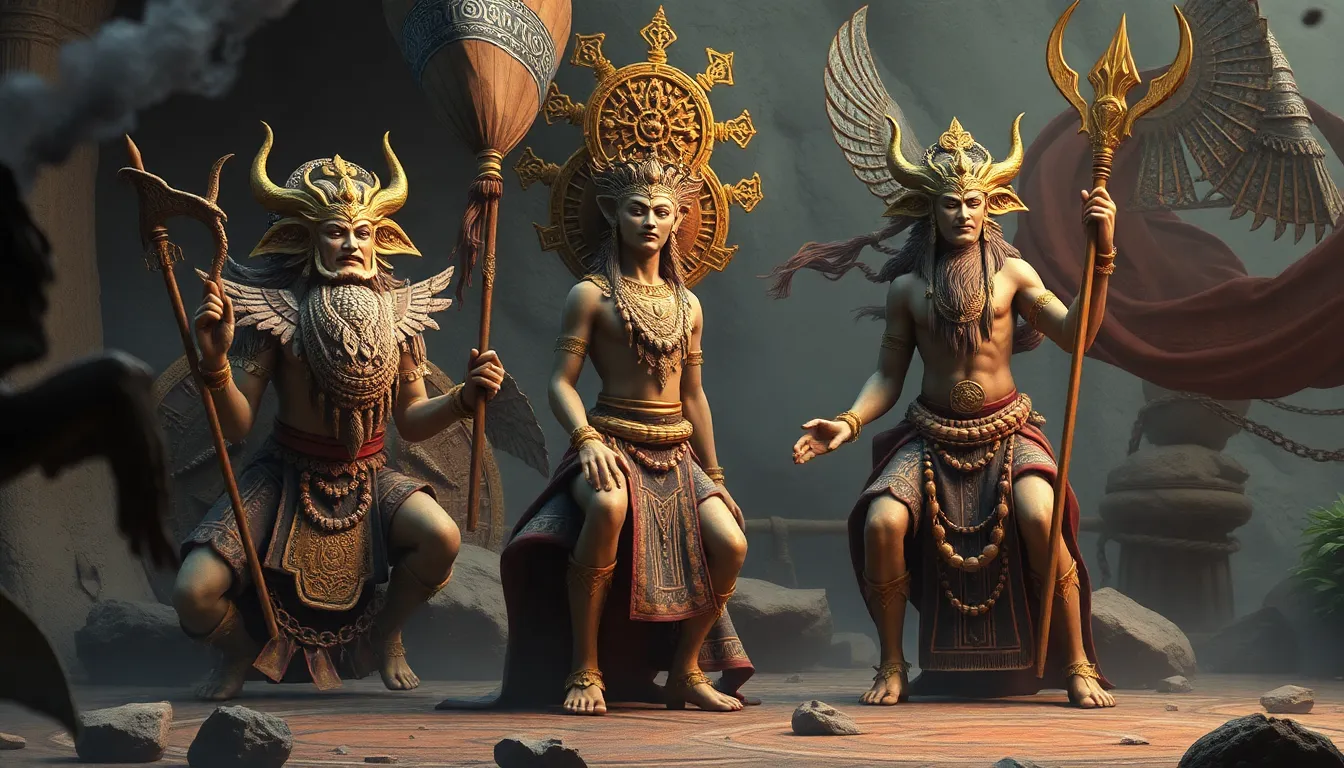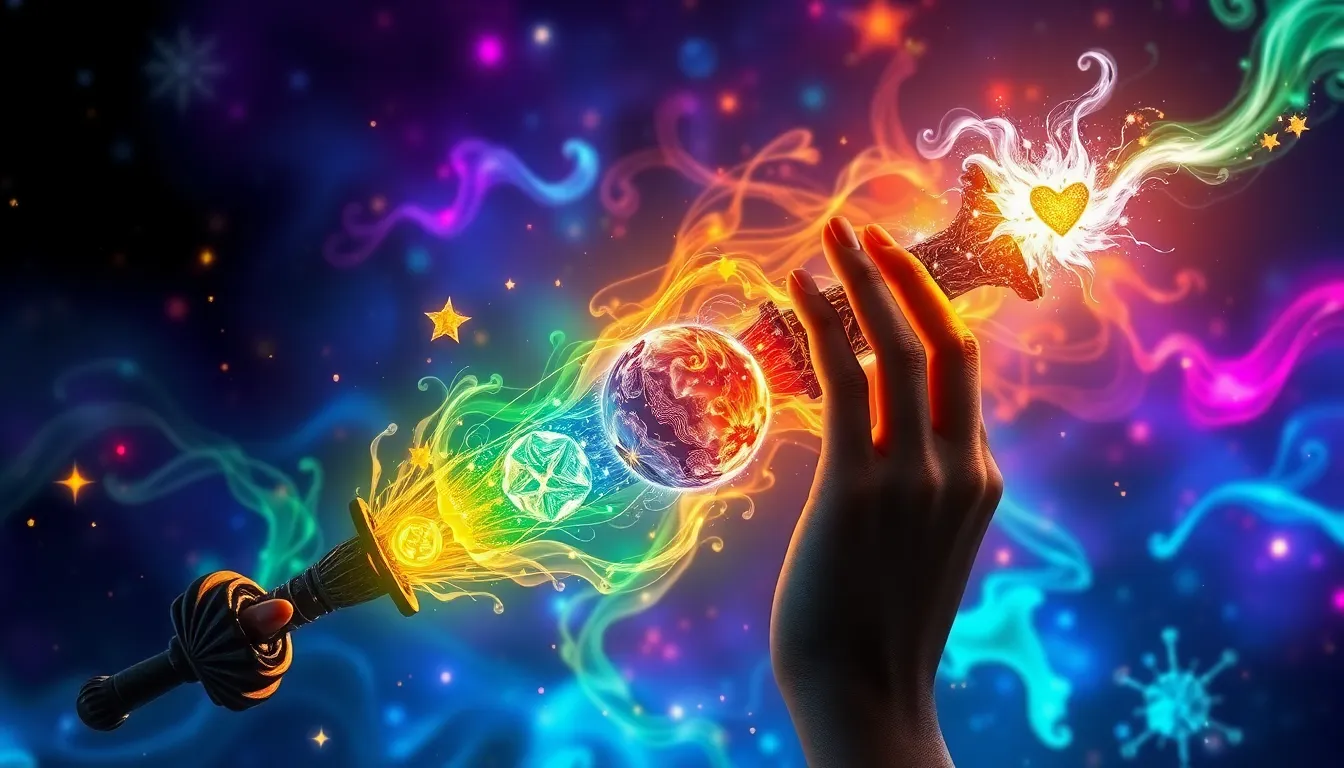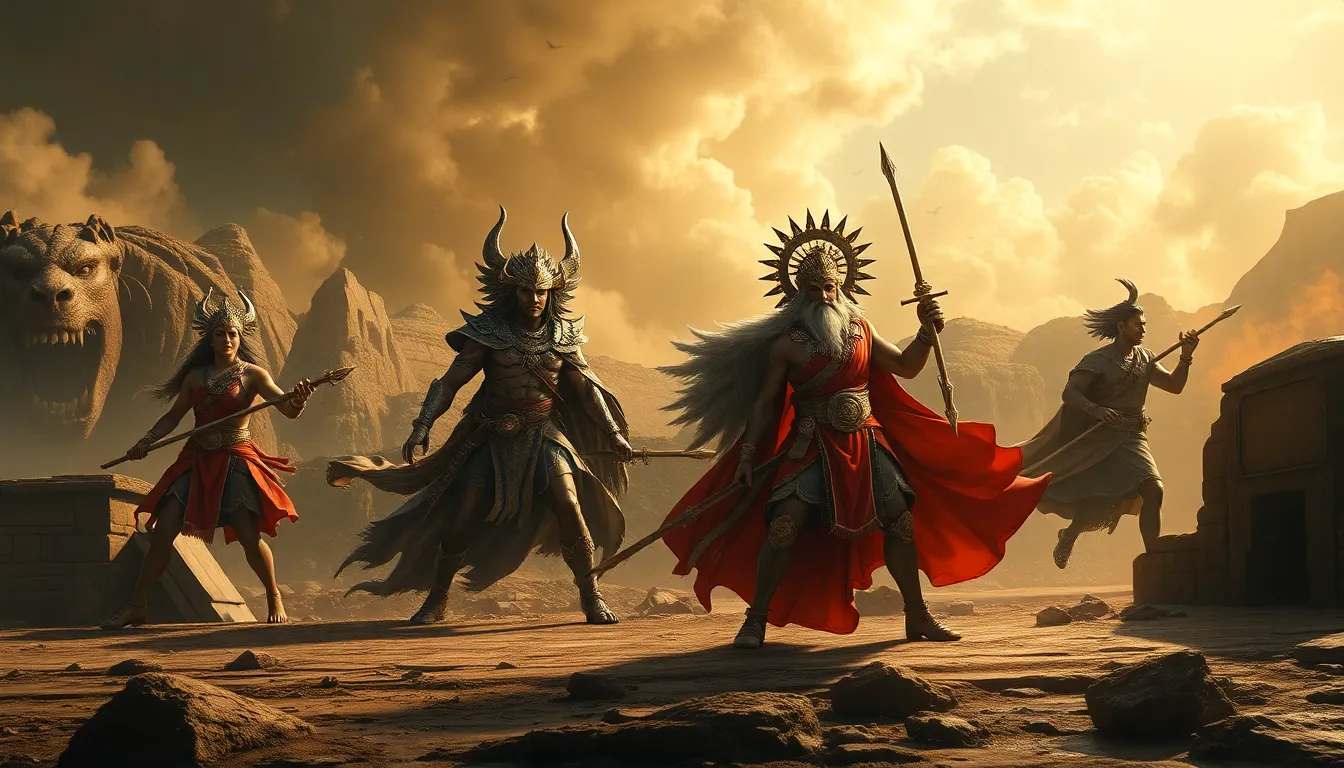The Mythical Gods and Goddesses of the Aztec Empire
##1. Introduction: The Aztec Pantheon
The ancient Aztec empire, which flourished in Mesoamerica from the 14th to the 16th century, possessed a rich and complex belief system. At the heart of this system lay a vast pantheon of gods and goddesses, each embodying distinct aspects of nature, human experiences, and the cosmos. This pantheon served as the foundation for Aztec religious practices, rituals, and the governance of society.
##2. Huitzilopochtli: The Sun God and Patron of the Aztecs
Huitzilopochtli, the central deity of the Aztec pantheon, was the sun god and patron deity of the Aztec people. Depicted as a fearsome warrior clad in hummingbird feathers, he represented the sun's power, strength, and the victorious spirit of the Aztecs. Huitzilopochtli demanded human sacrifices to sustain his strength and ensure the sun's daily journey across the sky. He played a pivotal role in Aztec mythology, being the legendary founder of Tenochtitlan, the capital city of the Aztec empire.
##3. Tlaloc: The Rain God
Tlaloc, the omnipotent rain god, ruled over water, fertility, and agriculture. Depicted with bulging eyes associated with frogs, his tears represented the life-giving rain that nourished the crops. Tlaloc's wrath manifested in droughts, floods, and destructive storms. To appease Tlaloc and ensure abundant harvests, the Aztecs offered sacrifices of children and performed elaborate rituals to honor his divine power. His counterpart, Chalchiuhtlicue, the goddess of lakes and streams, complemented Tlaloc's authority over water.
##4. Quetzalcoatl: The Feathered Serpent
Quetzalcoatl, the revered feathered serpent deity, held a multifaceted role in Aztec mythology. Depicted as a plumed serpent with shimmering green scales, he symbolized life, wind, wisdom, and creation. As the patron god of priests and merchants, Quetzalcoatl represented the pursuit of knowledge and trade. Legend has it that he arrived from the east, bringing the gift of civilization and the arts to humanity. Quetzalcoatl's teachings emphasized peace, compassion, and the pursuit of harmony.
##5. Tezcatlipoca: The Smoking Mirror God
Tezcatlipoca, the enigmatic "Smoking Mirror" god, stood as the embodiment of darkness, sorcery, divination, and temptation. His obsidian mirror allowed him to pierce through facades and expose hidden truths. Associated with night, the stars, and the jaguar, Tezcatlipoca represented both the dangers and allure of the unknown. As a trickster deity, he tested the limits of mortals, challenging their faith and exposing their weaknesses. He played a significant role in Aztec religious rituals and divinatory practices.
##6. Xipe Totec: The God of Spring and Flayed Skin
Xipe Totec, the gruesome god of spring, agriculture, and renewal, played a pivotal role in Aztec rituals and festivals. Depicted with his own skin flayed and worn as a cloak, he symbolized the shedding of old and the rebirth of new life. During the annual Xipe Totec festival, human sacrifices were offered to ensure the fertility of the land and the vitality of the Aztec people. Warriors and priests wore the skin of sacrificed victims, embodying the god's transformative power.
##7. Coatlicue: The Earth Goddess
Coatlicue, the revered earth goddess, represented the primordial forces of creation and destruction. Depicted as a monstrous figure with a serpent skirt and a necklace of severed hands and hearts, she embodied the life-giving and death-dealing aspects of nature. Coatlicue's association with fertility and the underworld played a significant role in Aztec beliefs about the cycle of life, death, and rebirth. Her image adorned temples and sacred spaces, symbolizing the Aztec people's connection to the earth and its primal powers.
##8. Tlahuizcalpantecuhtli: The Lord of the Morning Star
Tlahuizcalpantecuhtli, the "Lord of the Morning Star," represented Venus, the planet that heralded the dawn. As the bringer of light, he was associated with the east, dawn, and warfare. Depicted as a young warrior with a blue face and a star-shaped headdress, Tlahuizcalpantecuhtli symbolized hope, renewal, and the victory of light over darkness. His worship was particularly prevalent among warriors and those seeking divine favor in battle.
##9. Tonatiuh: The Sun
Tonatiuh, the powerful sun god, represented the might and sustaining force of the celestial body. Depicted as a young man with a fiery face and golden rays emanating from his body, Tonatiuh symbolized the life-giving warmth and energy of the sun. The Aztecs believed that Tonatiuh required human sacrifices to maintain his strength and continue his daily journey across the sky. His worship was central to Aztec religious practices and played a significant role in their cosmic beliefs.
##10. Conclusion: The Legacy of the Aztec Gods
The Aztec pantheon of gods and goddesses provided a rich and complex framework for understanding the natural world, human experience, and the divine realm. These deities shaped Aztec beliefs, influenced their rituals and practices, and served as a source of inspiration and guidance for the Aztec people. Their legacy continues to resonate today, offering insights into the beliefs and values of one of the most advanced and influential civilizations of the ancient world.
FAQs:
How many gods did the Aztecs worship?
- The Aztec pantheon consisted of numerous gods and goddesses, with estimates ranging from 100 to 200 deities.
Who was the most important Aztec god?
- Huitzilopochtli, the sun god and patron of the Aztecs, held the highest position in the Aztec pantheon.
What role did human sacrifices play in Aztec religion?
- Human sacrifices were an integral part of Aztec religious beliefs, with the Aztecs believing that they were necessary to sustain the gods and ensure the continued functioning of the cosmos.
What was the significance of Quetzalcoatl?
- Quetzalcoatl, the feathered serpent deity, represented wisdom, civilization, and the pursuit of knowledge. He was considered a benevolent god who brought the arts and sciences to the Aztec people.
How did the Aztec people view the Earth Goddess?
- Coatlicue, the Earth Goddess, was both revered and feared by the Aztecs. She represented the creative and destructive forces of nature, and her image adorned temples and sacred spaces.



